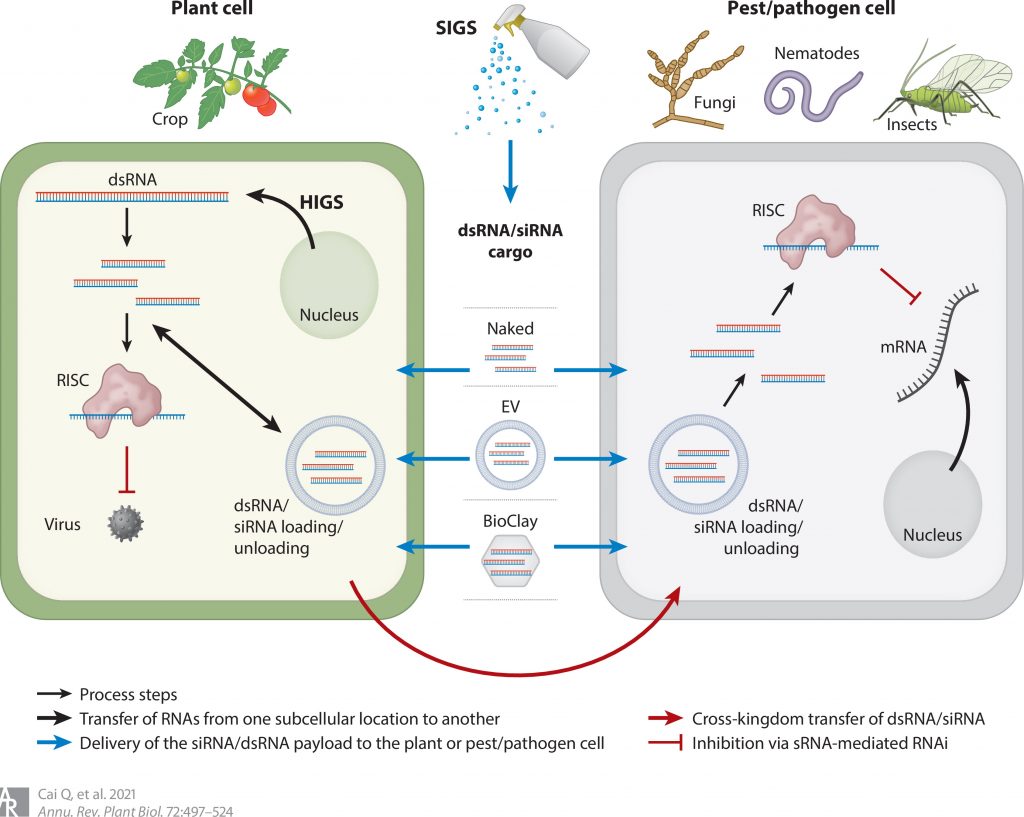
Review. Message in a Bubble: Shuttling small RNAs and proteins between cells and interacting organisms using extracellular vesicles (Annu. Rev. Plant Biol.)
Plant Science Research WeeklySmall RNAs have big effects and can serve to shut down or silence gene expression. Recently, studies have found that small RNAs can contribute to plant defense beyond the boundary of the plant, by being packed into extracellular vesicles (EVs) and delivered to a pathogen. Cai et al. review our current…
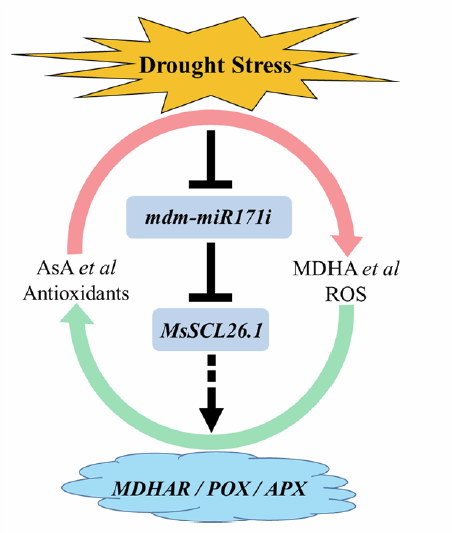
The Apple miR171i and its target SCL26.1 enhance drought tolerance (Plant Physiol.)
Plant Science Research WeeklyDrought is one of the most important abiotic factors affecting plant growth and development. MicroRNAs are a class of small nuclear RNAs (snRNAs) consisting of 21-24 nucleotides, that play critical roles in many biological processes by regulating target gene expression. Apple is one of the most economically…

Plant 22-nt siRNAs mediate translational repression and stress adaptation (Nature)
Plant Science Research WeeklyAmong the myriad small interfering RNAs, 21- and 24-nucleotides siRNAs control plant development and immunity through mRNA cleavage and RNA-directed DNA methylation, respectively. Still, the regulation and biological function of 22-nt siRNAs remain unresolved. In this report, Wu and coworkers investigated…
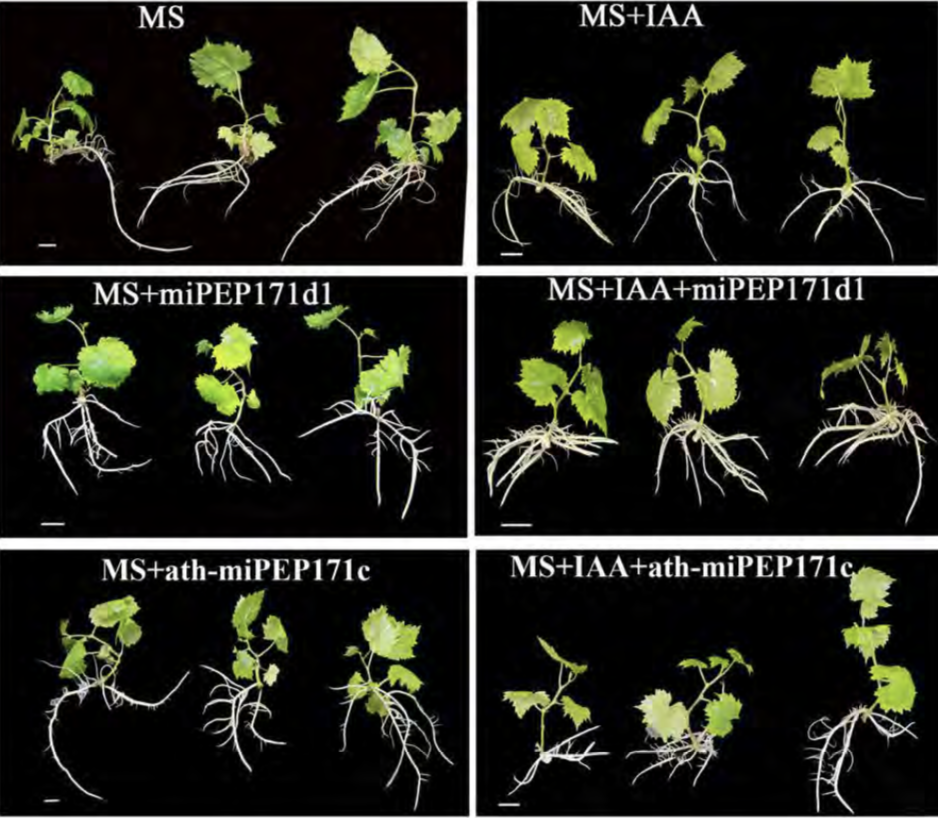
Mystery of adventitious root formation in grapevine (Plant Physiol)
Plant Science Research WeeklyGrapevines (Vitis vinifera L.) are clonally propagated by stem cuttings, which depends on the formation of adventitious (stem-borne) roots. In this paper Chen at al., showed the function of microRNA encoded peptides (miPEPs) in adventitious root formation of cultured grape plantlets. MicroRNA biogenesis…
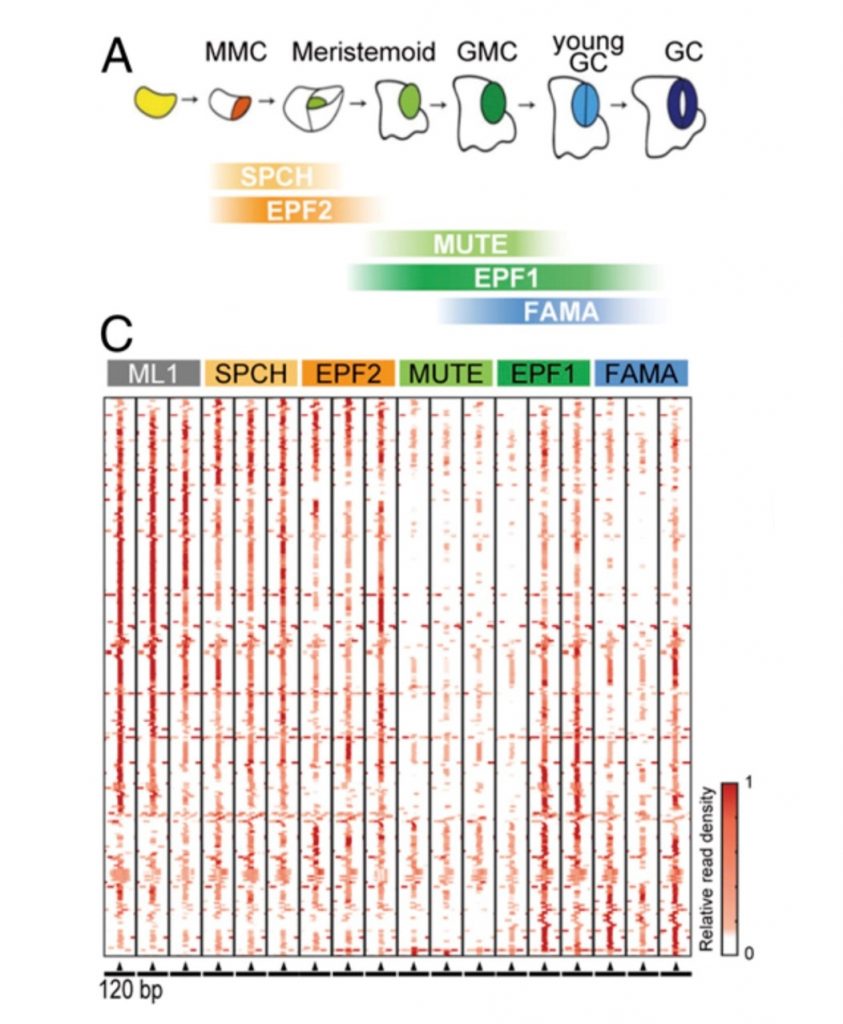
MicroRNAs and the control of stomatal development (PNAS)
Plant Science Research WeeklyStomata mediate critical functions in plant life: gas exchange, water loss, and some environmental responses. At the molecular level, some bHLH transcription factors and a MAP-kinase pathway control a series of asymmetric and symmetric cell divisions of stomatal stem cells to form a guard cell. In…

Silencing Transposons is Important for Pollen Development in Capsella
Research, The Plant Cell, The Plant Cell: In a NutshellWang et al. reveal that viable pollen formation in Capsella requires the function of a DNA-dependent RNA polymerase. Plant Cell https://doi.org/10.1105/tpc.19.00938
Background: Transposons, or “jumping genes”, are kept silent by a plant-specific pathway that starts with DNA-dependent RNA…
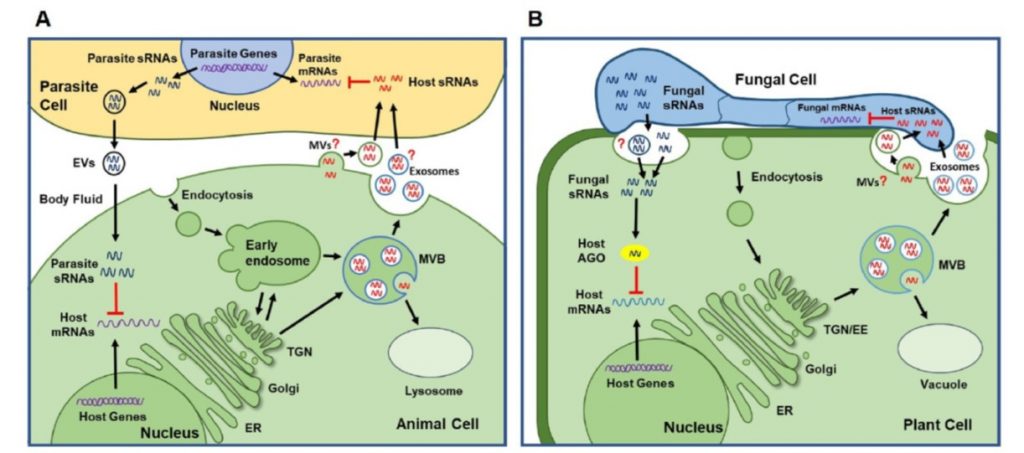
Review. Small RNAs and extracellular vesicles: New mechanisms of cross-species communication and innovative tools for disease control (PLOS Pathogens)
Plant Science Research WeeklyWe have only recently begun to appreciate the phenomenon of cross-species or cross-kingdom small RNA transfer, and its applications. Using examples from plants and animals, Cai et al. summarize how some pathogens have evolved the capacity to introduce small RNAs into their host to suppress host defense…
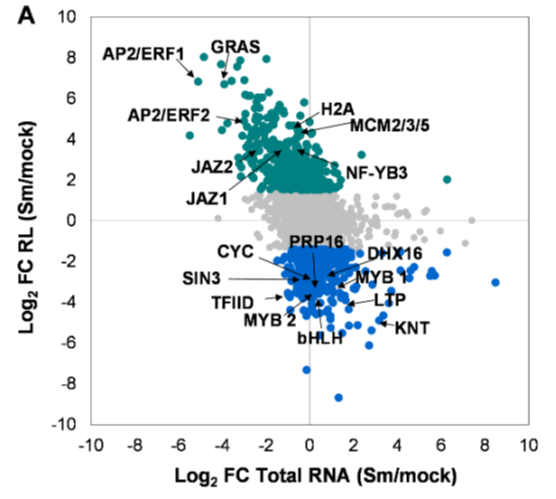
Reprogramming of root cells during nitrogen-fixing symbiosis involves dynamic polysome association of coding and non-coding RNAs (Plant Cell)
Plant Science Research WeeklyKnowing RNA abundance is nice, but in most cases protein abundance is more biologically interesting. Traubenik et al. used TRAP (Translating Ribosome Affinity Purification) to examine efficiency of translation and contributions of non-coding and alternatively spliced RNAs during the establishment…
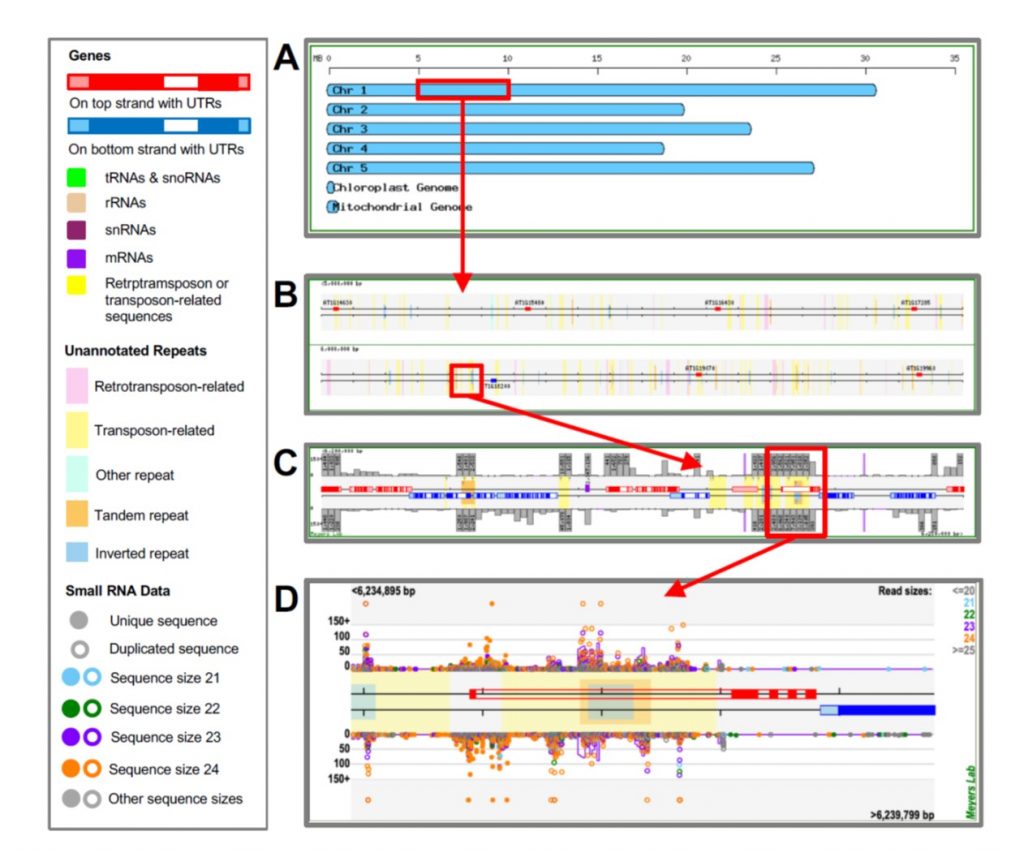
Next-Gen sequence databases: RNA and genomic informatics resources for plants (Plant Physiol)
Plant Science Research WeeklyDrawing on more than 15 years of improvements, Nakano et al. have released public websites and resources for data access, display, and analysis of plant small RNAs, from Arabidopsis to wheat and with many crops and model species represented. The tools can analyze, integrate and display the abundance…

